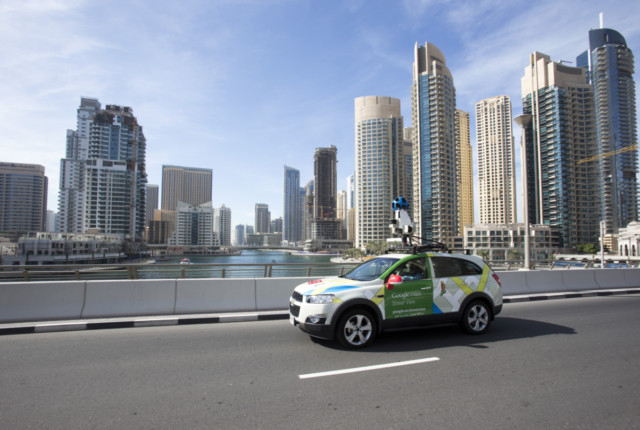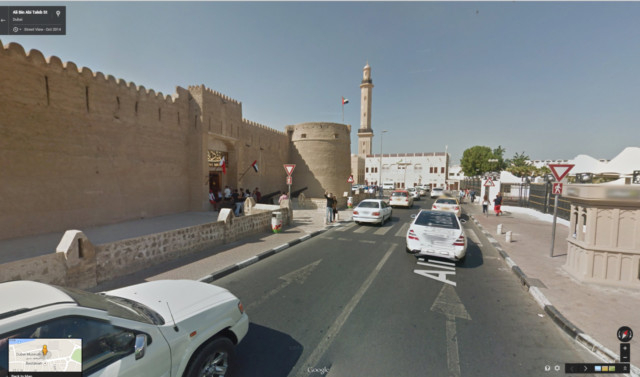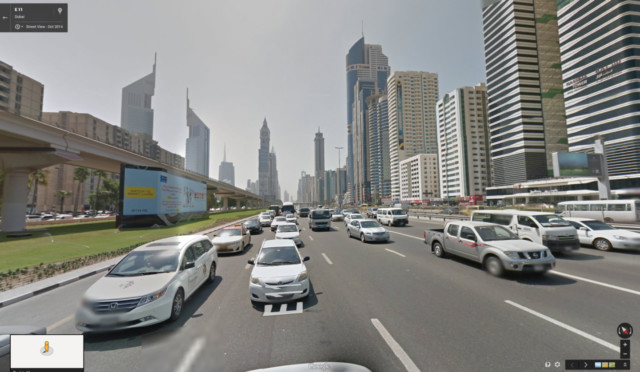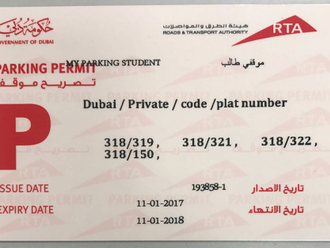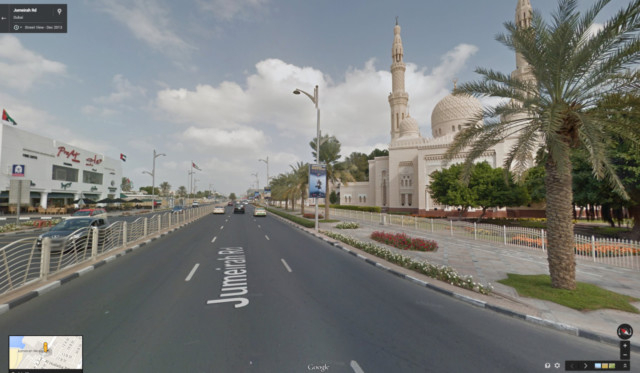
Dubai: From now on, it will be easier for you to find what you want around Dubai.
Starting on Tuesday, Google launches its Street View applications in the city, which gives digital users a 360 degree, panoramic and street-level view of the main streets, attractions and towers in the dynamic city.
Dubai is the first Arab city to have a complete Google street view, and there were many reasons for choosing the city to have a Street View, Najeeb Jarrar, Product Marketing Manager for Middle East and North Africa (Mena) at Google, told Gulf News.
“We decided to start with a city that is receiving large numbers of visitors so this can help them,” he added.
“At the same time, it is a city where residents are extremely internet savvy and this service would benefit them as well. There are also residents [in Dubai) who use the maps on a daily basis in their movement. Moreover, the regional office of Google is based in Dubai,” explained Jarrar. UAE is among the top countries in the region for internet penetration, with over 6 million of the 9.2 million population using the internet.
“Anybody who uses Google maps will be able to see clear and nice pictures of the shops and buildings [in Dubai],” said Abdul Hakim Abdul Karim Malek, Director of GIS Department at Dubai Municipality.
Google cooperated with the municipality for the project.
The product is expected to benefits individuals, businesses and companies, both officials of Dubai municipality and Google said. There will be no need to wait for a long time for a food delivery, or a technician to fix electricity or water problems, or a shipment to be delivered at your doorstep, or even looking for a new place to relocate, they added.
The project will also help tourism operators.
“For us, as tourism industry, we are focusing a lot on technology,” said Essam Abdul Rahim Kazim, CEO, Dubai Department of Tourism and Commerce Marketing (DTCM).
“In fact, we see technology as a principal driver for theourism industry,” he told Gulf News, noting that most of tourists use technology to decide how, when, where and what to visit.
Last year, Dubai received 11 million tourists who stayed in hotels, official figures showed. Many others stayed with their relatives and friends.
Kazim said the target is to receive 20 million tourists by the year 2020.
“This is considered a tourism attraction element and adds to Dubai’s international reputation,” Malek added. Nearly 80 per cent of the world’s population use Google maps and Street View product, which is available in the vast majority of cities of developed countries, he said.
The process of viewing Dubai’s main and commercial streets took some nine months to complete, Jarrar explained. However, he stressed that this doesn’t mean nine months of photographing the streets of the city. Some days were spent double checking for a smooth transfer of data. “A lot of teams were involved … It is a large team,” Jarrar added.
The teams were handling different tasks, including driving the car, organising the launching process, dealing with the concerned governmental departments, working on the system to stitch the imagery together and make sure that data is going to the data centre.
Google car is a standard car mounted with a camera that can take 360 degree view.
Street View product was first launched in the United States in 2007.
Google cooperated and partnered with many governmental departments to obtain the proper and legal permission, including Dubai Municipality, to conduct the project.
When asked about any obstacles faced during the process, Jarrar said, “It was simple, easy and straightforward.”
However, some sizzling temperatures and dusty weather conditions halted the work like in any other country in the world, he said.
Both Google and Dubai Municipality emphasised that the privacy of people was highly respected in the process. Also, Google has its own privacy guide lines that are applied worldwide. They included blurring cars’ number plates and people’s faces.
“The privacy of people and even cars was guaranteed,” said Malek. “You will see, you will witness that we are driving in traffic among other cars. It is a normal experience and that is what we wanted. We wanted to make sure that when the user views the images, they will be able to see it in normal conditions, not in a totally open and empty street,” said Jarrar.
As for updates, Jarrar said, “Hopefully, we will be able to drive [around] Dubai more regularly and you will see more updates. Dubai is one of those cities where it is rapidly developing. You see new roads, new towers and new places every day,” he said.
Asked about the next city in the Arab region, Jarrar replied, “We are driving and expanding in a lot of cities at the moment and we hope we will be able to cover the rest of the UAE really soon.”
Already, Jarrar said, Google Street View car is driving around in Abu Dhabi.
Maps
• There are more than one billion monthly active users of Google Maps services
• Google has the world mapped (200 countries, including North Korea)
• Google Maps has been downloaded more than one billion times on Android
• Over 1 million active websites and apps use the Google Maps API every week
• Roughly 1 in 5 searches on Google are related to location
Street View
• Street View imagery is available across 63 countries, as well as parts of the Arctic and Antarctica (featuring penguins)
MENA metrics:
• Past Street View ‘special collections’ include:
• Liwa desert (one of the largest oases in the Arabian Peninsula, (UAE, 2014)
• Pyramids of Giza and other historical sites (Egypt, 2014)
• Shaikh Zayed Grand Mosque (one of the biggest mosques in the world) and Burj Khalifa (tallest tower in the world) (UAE, 2013)
Source: Google


